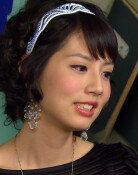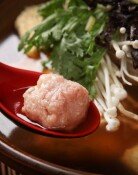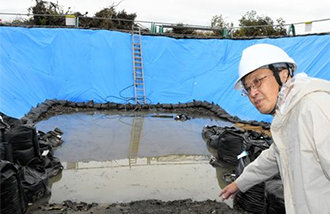Who Are You?

Why still life again?
Admiring Still Life displays a variety of still life paintings by 32 artists at the Ilmin Art Gallery in Seoul and throws some koans at us in regard to current cultural phenomena.
First comes the realization in a long time that painting is truly a work by hands. Machines and computers have replaced human labor, and videos and structures are increasingly voracious in fine art works. Canvasses with human touch put us in deep thinking over the true nature of color and fine art. As we slowly walk around the gallery and look around, our minds calm down as if we are meditating for a long time.
Second, the modern still life works created by the imaginative power of artists in their twenties or thirties totally refuse to be part of any preconceived kinds. From the ancient times, the still life painters treated their objects as a representation of the whole universe. It is the still life that contains the strong power of simile through which one portrays the whole universe in one grain of sand. The difference between conventional still life paintings and theirs is that their view is pointing toward their inner self and not to the outer world.
While I was meeting young artists who carry their self-consciousness and imagination above the level where one strives to draw as similarly as possible and looking around their studios, I realized that the question of our days was the communication between the I and daily lives, not the large-scale discourse of ideologies, said Ilmin Gallery Director Kim Hee-young.
The exhibition is composed of two different sections.
On the first floor are the works devoted to the revival of the objects as the nature of still life paintings indicates as well as to the modern interpretation.
Park Iso introduces a unique face through adopting images from traditional folk paintings and old books. Hwang Ju-ri portrays her daily life in monotone. Kim Ji-won estranges our familiarity to daily objects through drawings. Chung Bo-young seizes the moments where a coffee cup falls over and depicts the acute and serene sense of space. Kim Ji-hye puts the daily objects such as a flower vase, an umbrella stand, and a lamp into arrays of brilliant primary colors. Park Jae-woong draws a stalk of green onion wither away. Noh Jung-yon draws a shelf at a Starbucks. Han Seul depicts a face of a womans daily life with extended attention on lipsticks and high-heels. Kim Eun-jin personifies a ginseng as a human body.
Also, Park Byung-choon attempts a new method in interpreting Asian painting techniques, in which only paper, brush, and ink-stick are allowed, while using Chinese ink, charcoal, and pastel. The painting of Kim Hye-ryon gives off a deep sense of the inner sorrow with its dim and coarse contours.
On the second floor are the pop-art works in which the artists depict still life objects through sculpture, photos, and other various ways. The ideas of some artists surprise us. Choi Jin-gi creates animals with Scotch tape, plastic rulers, and other materials. Moon Hyun-min displays colorful shelves of medicine chests. Kim Soo-gang dyes developed films of coins, candies, and hairpins. Lee Ji-eun displays various still life objects such as bottles and handbags piled on the thin layers of PVC plates.
Exhibition until March 14. 02-2020-2065
Mun-Myung Huh angelhuh@donga.com







